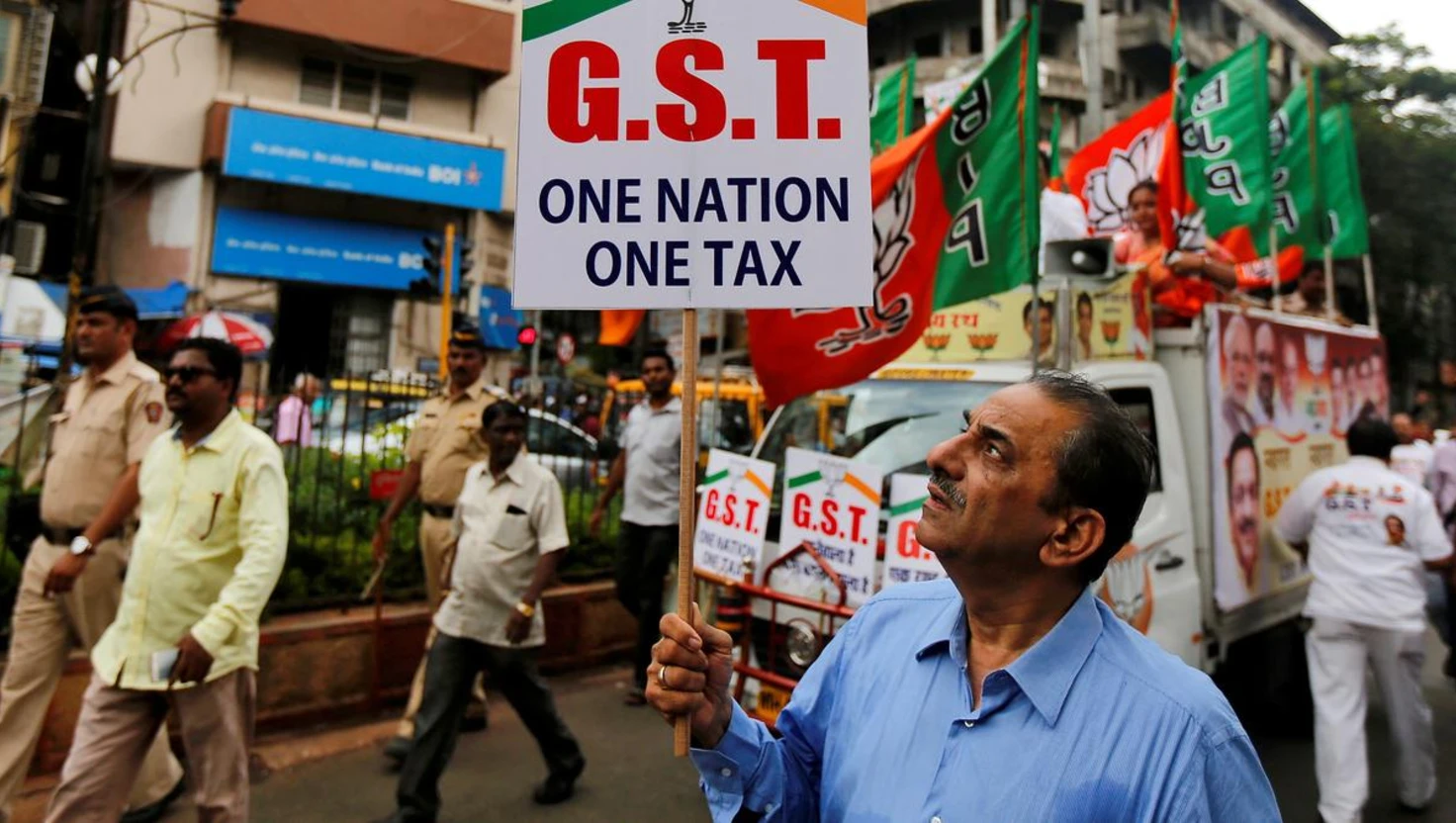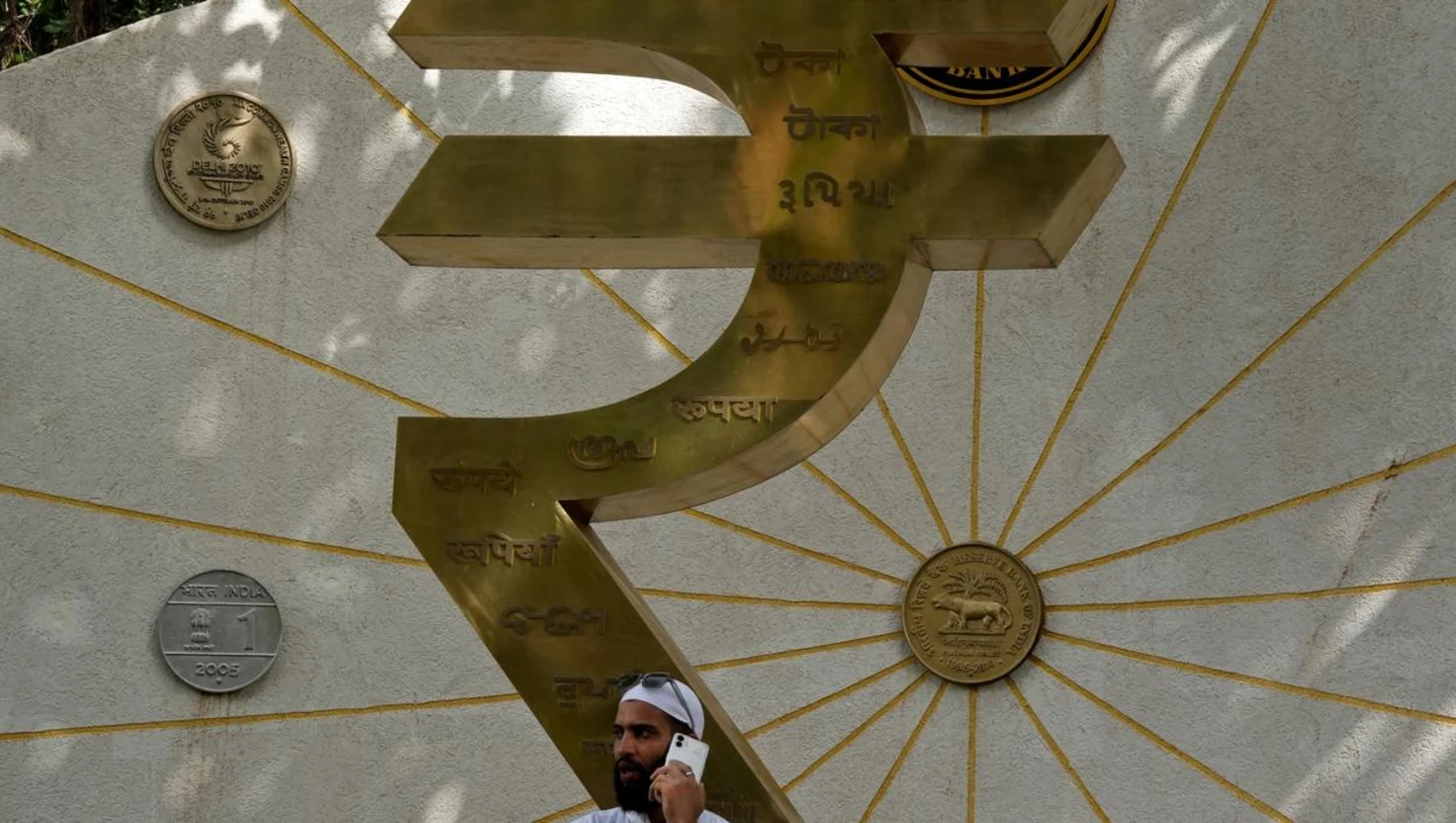India's GST Collections Rise 9% to ₹1.89 Lakh Crore in September

India's Goods and Services Tax (GST) collections reached ₹1.89 lakh crore in September 2025, an increase of 9.1% compared to the same month the previous year. This recovery marks the fastest growth observed in the past four months and underscores a sustained inflow of revenue.
The figure released by the government on 1 October indicates that GST collections have now exceeded ₹1.8 lakh crore for the ninth consecutive month. In contrast, collections for the previous month stood at ₹1.86 lakh crore, showing a marginal rise of over 1.5%.
Impact of GST Reforms
The uptick in collections aligns with the recent implementation of GST rate rationalisation reforms effective from 22 September. This adjustment saw the reduction of tax rates for 375 goods spanning essential items like groceries, pharmaceuticals, and electronics, as well as automobiles. The move is designed to boost demand by making these products more affordable.
Growth in gross domestic revenue also contributed positively, rising by 6.8% to ₹1.36 lakh crore, while revenues from imports surged 15.6% to ₹52,492 crore during the same period. Despite these gains, GST refunds saw a significant jump, increasing by 40.1% year-on-year to ₹28,657 crore.
Net GST revenue for September amounted to ₹1.60 lakh crore, yielding a year-on-year growth rate of 5%. MS Mani, a partner at Deloitte India, suggested that the robust figures imply that economic activities remained stable throughout August, even in anticipation of the upcoming GST rate reductions.
Trends in Consumer Behaviour
Consumption patterns appeared to stabilise in September, reflecting a balance between increased demand following the tax cuts and a slowdown prior to the reforms. Vivek Jalan, a partner at Tax Connect Advisory, noted that while consumption had surged after the rate changes, there was an evident decline in demand from specific manufacturing states, including Maharashtra, Gujarat, Tamil Nadu, and Karnataka, where inter-state stock transfers were discouraged due to concerns over tax accumulation.
The reduction in GST slabs, which consolidated the 28% and 12% rates into 18% and 5%, is expected to provide a notable boost to economic conditions over the coming months. India's central bank, the Reserve Bank of India, has revised its economic growth forecast upwards to 6.8%, citing stronger domestic demand.
Future Expectations
Despite the positive growth in September, collections remain below the record high of ₹2.4 lakh crore achieved in April this year. Experts predict continued fluctuations in GST collections as the impact of the rate cuts takes hold, eventually leading to improved compliance and collection numbers as the year progresses.
As the changes stabilise, stakeholders in the economy await further data that will provide insights into the long-term effects of the implemented GST reforms and their role in shaping India's financial landscape.

Indian Rupee Hits Record Low Amid Market Concerns and Tariff Issues

Trump warns of 'sad end' if Hamas does not accept his Peace Plan in 3-4 days

BCCI Accuses ACC Chairman of Improper Custody of Asia Cup Trophy

Pawan Kalyan's Film 'OG' Nears Rs 150 Crore Amid Mixed Reviews





